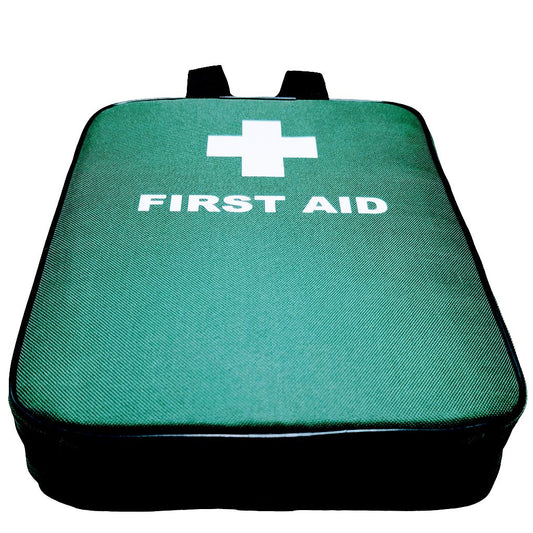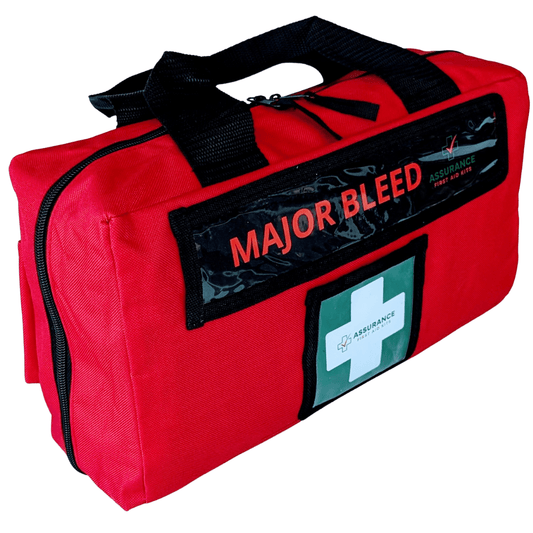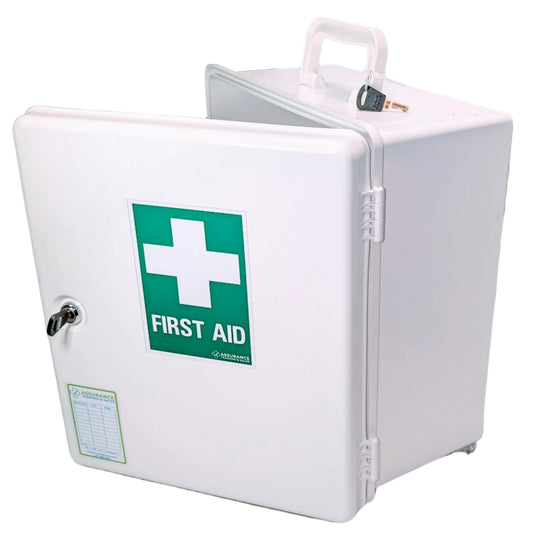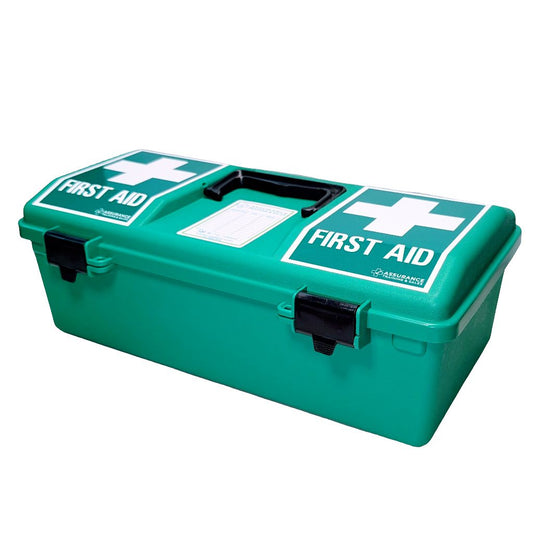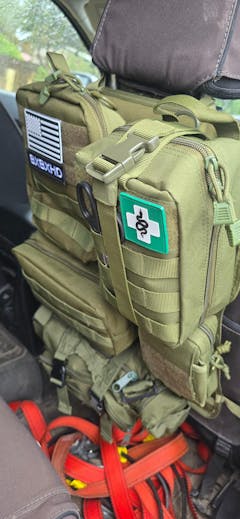Tradie First Aid Kits
Built for Worksites. Trusted by Pros.
Stay compliant. Stay ready. No compromise.
The real risks on site don’t care how cheap your kit was.
Most “tradie” kits out there? All band-aids, no backbone. Flimsy gear, zero compliance info, and packed in brittle cases that crack under pressure. That’s not good enough — not when your crew’s safety (and your legal obligations) are on the line.
That’s why we built this range.
Why trades choose Assurance kits over hardware store junk
-
100% compliant with Safe Work Australia standards
-
Packed in rugged, spacious bags (room to expand with burn, eye or snakebite modules)
-
Built tradie-tough: dust-proof, drop-proof, site-ready
-
Designed by Aussies for Australian worksites
-
Backed by real-world reviews
The Kits
Whether you're solo in a ute, running a 10-man crew, or managing safety across multiple sites — there’s a kit here that fits your setup and your risk profile.
🛠 Trade First Aid Kit
Compact, compliant, and packed for mobile crews. Built for day-in, day-out use.
👷♂️ TradeMax 5, 10 & 25
Designed for teams of all sizes and risks. Fits in the tool box easily and still covers serious injuries.
🧰 Custom Modules
Add-on packs for burns, snake bites, trauma, and eye injuries — because one-size-fits-none on a real site.
💰 Multi-buy discounts auto-applied at checkout when you kit out more than one vehicle or team.
Why not just grab one from Bunnings?
Because most of those aren’t even close to compliant.
Because “150 pieces” doesn’t mean anything when 100 of them are just bandages that don’t stick.
Because your insurance, your WHS compliance, and your team’s wellbeing aren’t worth cutting corners on.
Order once. Stay compliant. Get back to work.
✔️ Every kit meets WHS regs
✔️ Clear restocking system
✔️ Risk-specific module options
✔️ Ships fast from Australia




